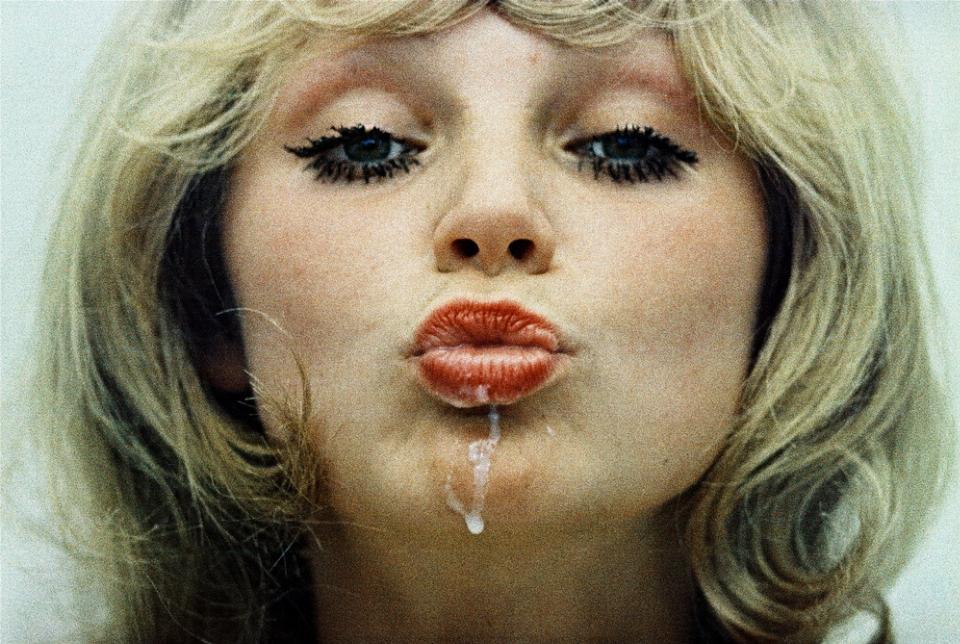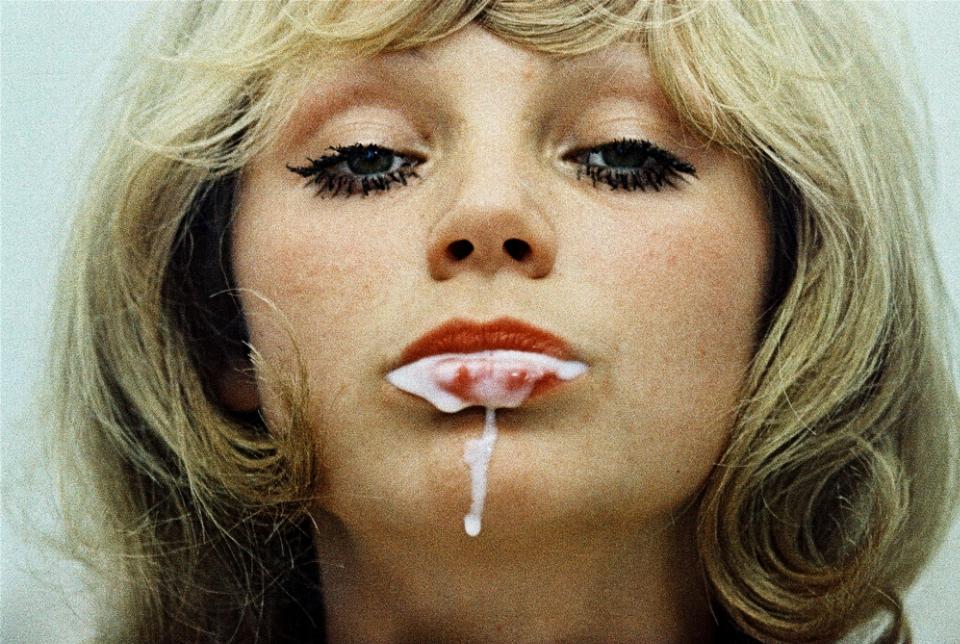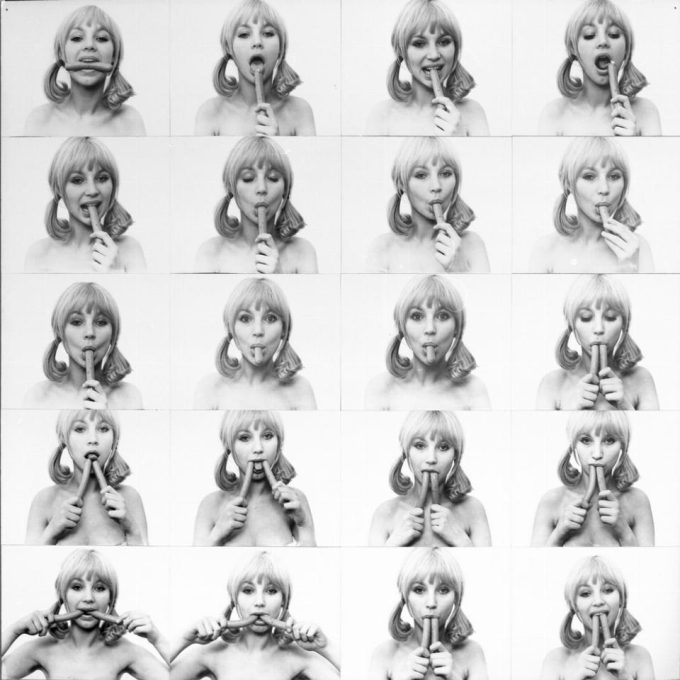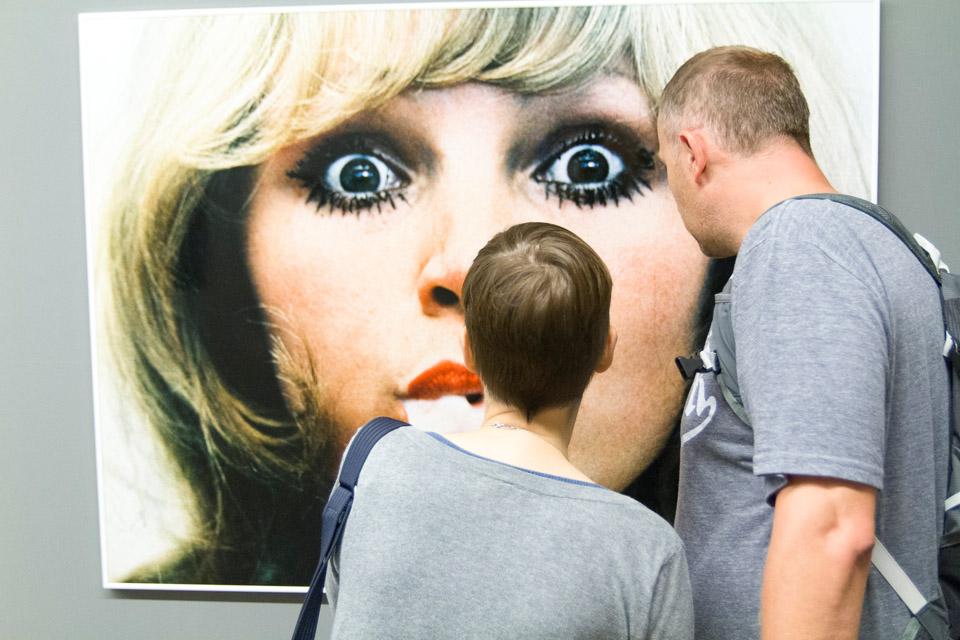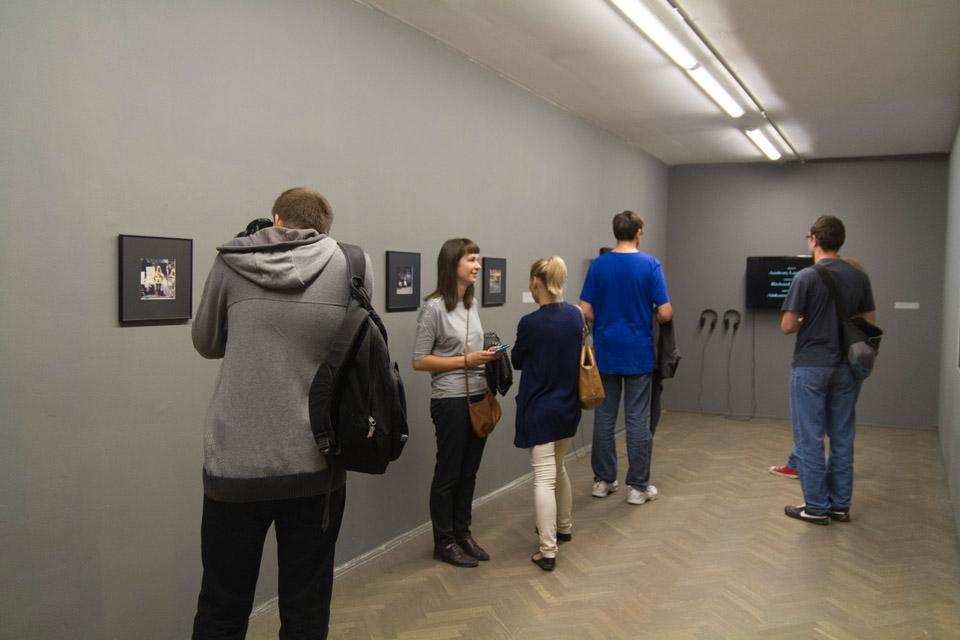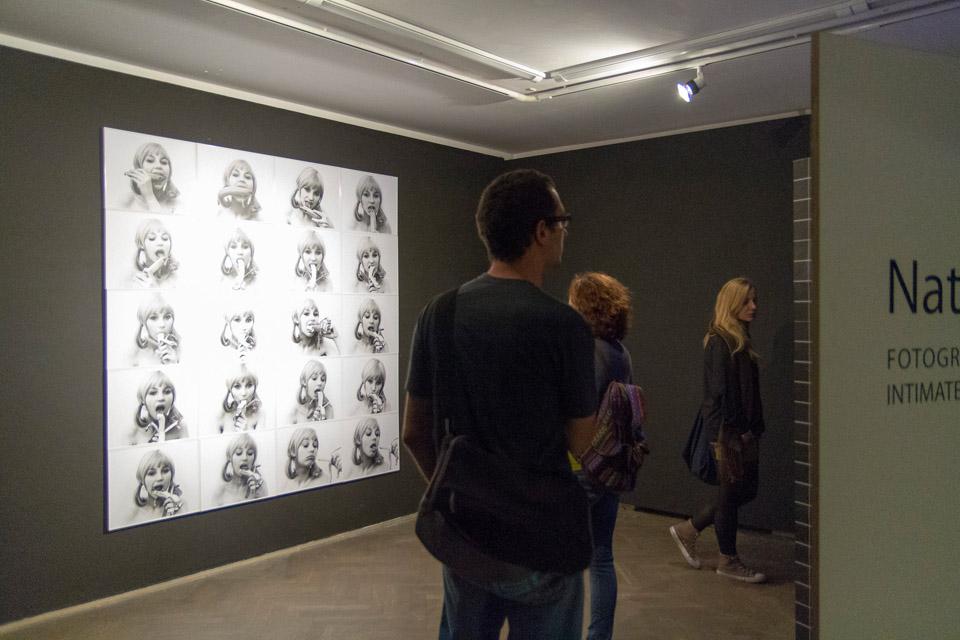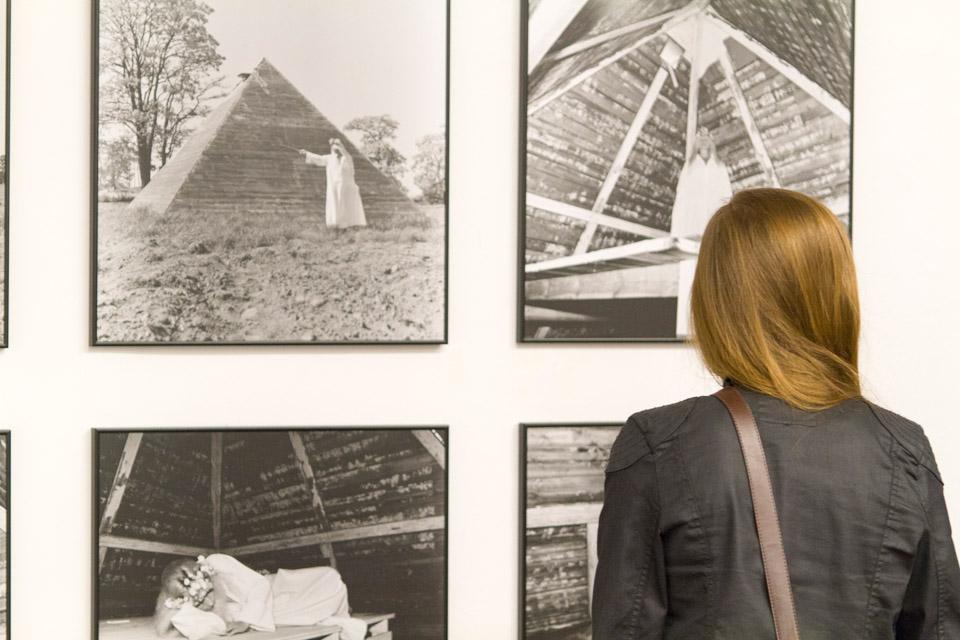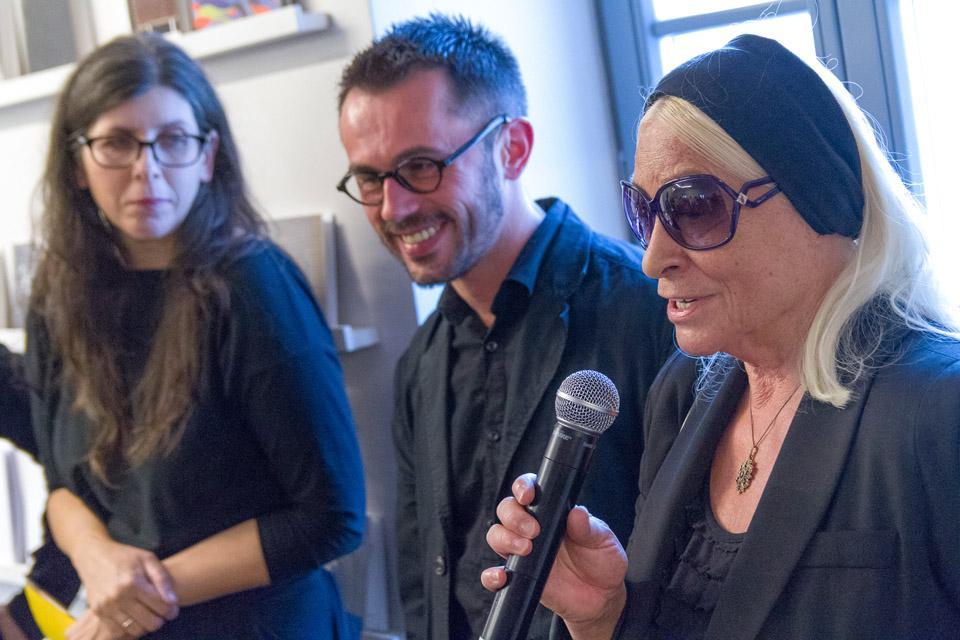Natalia LL – Intimate Spectacle
Natalia LL. Intimate Spectacle
Today, when the epic oeuvre of Natalia LL of over four decades has been amply summarised in texts and retrospective exhibitions and when it has been appreciated by international contemporary art, it is worthwhile to look back onto the onset of her artistic pursuits, which indicate and determine the sources of her inspiration. Such a backward glance will allow us to understand the underlying universality of her message and of the language she used in her photographs. The oeuvre of Natalia LL has always been strongly idiosyncratic. The artist continues to focus on its intimate and sensual character, through which she reads the common human predicament of being torn between culture and nature. The intellectual potential of her work goes hand in hand with the unique emotional content. Natalia, who in the 1970s was seen as provoking new content and as a pioneer of overcoming social and cultural taboos, remains a source of inspiration for many young artists and recipients of her art.
The artist’s last show in Białystok, The Sphere of Allusion, took place in 1995, also in the Arsenał Gallery. The works on display were connected with the artist’s creative pursuits of the day. The current exhibition is to familiarise the audience with the principal assumptions of the art of Natalia LL, one of the major European artists connected with feminism. There is also the perspective of the consciously self-referential nature of the photographs by an artist who from the very start sought a theoretical justification for her choices and inspirations. Carnality, sexuality and the feminine perspective are some but not all the main aspects of the exhibition. However, to claim that the role of Natalia LL’s art is limited solely to feminist provocation would be a gross overstatement and would belittle the multifaceted intellectual message of her work. As Gislind Nabakowski wrote recently about a series of work by Natalia LL titled Consumer Art: In addition, one should note that intellectual humor, comedy, and ironic-parodic distortions are reflected in the large block of photos that make up “Consumer Art.” For decades now, these photographs have become readily comprehensible for different generations of both sexes in the East and the West. Through these pictures the artist goes against several canons of artistic formalism (painting, sculpture, photography) in Eastern Europe. This opposition was directed at the hegemony of Socialist Realism. At the same time, it also took arms against other mainstream pictures depicting a passive, a-sexual, and desireless femininity, as these proceeded from any of the socialist regimes (and not only from them). This should be borne in mind when we watch such series by Natalia LL presented at the show as Consumer Art, Post-Consumer Art,Intimate Photography, and successive Dreamings.
Two films by other artists constitute a separate yet inherent part of the Białystok exhibition of Natalia LL. One of them is Carolee Schneemann’s film Infinity Kisses of 1986, linked to Natalia’s movie Voracious Cats (1994).[1] For Carolee, to photograph herself kissing cats – Vesper and Cluny – was expressive of the idea of art turned life and an attempt to find reconciliation between culture and nature. In Natalia’s film of a few years later the cats epitomise aggression and the potency of nature, juxtaposed against the author’s self-portrait with a stocking pulled over her head. The unusual correlation of the two perspectives of two female artists of nearly the same generation who know each other but work on opposite sides of the ocean begs the question of the universality of this message. Schneemann is also the protagonist of the other film screened at the show. America Is Not Ready For This is a result of Karol Radziszewski’s search for Natalia’s presence in New York in 1977; back then she was a scholarship holder of the Kościuszko Foundation and met some of the most eminent artists of the time. Years later Radziszewski conducted a series of interviews with the artists who remembered her from that trip. His film is not limited to memories about Natalia but also provides a personal analysis of the history of each respondent in the 1970s.[2]
Piotr Stasiowski
translated from the Polish by Marcin Turski
[1] The film from the collection of The Lower Silesian Society for the Encouragement of Fine Arts.
[2] The film from the collection of Wrocław Contemporary Muzeum.
The exhibition prepared in collaboration with Wrocław Contemporary Museum


Natalia LL

PLAN YOUR VISIT
Opening times:
Thuesday – Sunday
10:00-18:00
Last admission
to exhibition is at:
17.30
